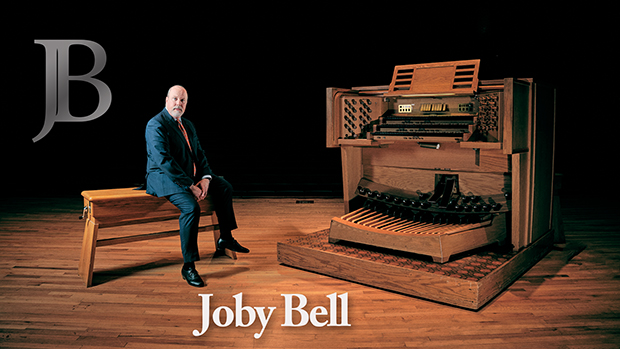How many churches do you play for, really?
 Monday, March 21, 2011 at 9:24AM
Monday, March 21, 2011 at 9:24AM
An elder member of a liturgically conservative church met with her pastor to make the plea that “we ought to offer an alternative service, since every other church is doing it.” The pastor replied, “Madam, traditional worship IS the alternative these days, and that’s what we will continue to offer.”
I know a wonderful fellow who serves as his church’s administrator and director of music. He swears that while he is on staff, that church will never start a second worship service. He will not split the congregation into two groups that could turn into two factions. They are all one family, and as long as they all fit into one room for one service, that’s how it will be. People who wish to shop around may certainly do so; his point is that there will be no surprises at that church on his watch.
I am torn. I agree with the premise of the illustrations above and appreciate the courage of the leaders to keep their flocks together in one style of worship for one congregation. But I know that some churches are too small to allow people to leave and go shopping elsewhere if they can’t get what they want there. But I also know that congregations that have split up into different worship styles inevitably drift into Us-vs.-Them mentality, usually driven by attendance numbers. The more heavily attended service is deemed the hipper one, and the other one is eventually deemed a necessary evil until it dies off.
While I appreciate the necessity of a church’s marketing strategy, I feel that we drift into dangerous territory when we insist that people be comfortable in church and that we should design something they enjoy and are attracted to. Just whom is being worshipped? I’ve said it before, but when we’re eventually standing in the presence of the Almighty, I doubt we’re going to be very comfortable or chatty. It seems that being in the invisible presence of the Almighty in church ought to carry some mystery, as well. We ought to engage the quiet brain cells, the ones designed for contemplation of eternal beings and concepts, not just those brain cells looking for a Sunday morning ecclesiastical version of a video game.
I commend those old-school “Organist/Choirmasters.” It was new territory for them to be expected to incorporate praise choruses and non-traditional styles into a traditional liturgy. Many Organist/Choirmasters became or gave way to Directors of Music. And even then it was difficult for them to oversee multiple styles of worship each Sunday, let alone participate in all services. Soon, the responsibilities were split up between a “Director of Music” and a “Director of [contemporary service name].”
And I am torn once again. I appreciate a church’s need to demonstrate itself as a complete worship center, with traditional and contemporary worship. But I also see the factions that form. I see members of the same church who have never met, because they attend different services. I don’t see a church family; I see a church full of individuals. I don’t see unity; I see the constant threat of people leaving to “go shopping” if that church doesn’t deliver the goods. I don’t hear two different sermons; I hear a traditional sermon hipped up for the contemporary service, or I hear a hip sermon straitjacketed for the traditional service.
A funeral director friend once told me his funeral home conducts 350 services each year. Then he corrected himself: “Actually, we don’t conduct 350 services each year. We conduct one service 350 times.” How difficult it must be to infuse different worship styles with enough staff, enough energy, enough difference each week to make them meaningful! How difficult it must be to keep a different style alive for the 20 people who still attend it. How easy it is to let the different styles drift into essential sameness and still call them different.
And I am torn again. While I’ll give plenty of credit to those churches that pull it off each week, I’ll also quietly lament the loss of unchanging worship of an unchanging God. I celebrate the diversity but lament the lameness of sameness that contemporary worship exhibits from church to church. It is nigh unto impossible to guess the denomination of a contemporary service. But it is even more frighteningly impossible sometimes to guess the denomination of a traditional service, and that is where I feel we’re losing heritage and history.
Come on, folks – stay in the game. You already have a plan handed down from your denominational forbears; don’t try to stray too far from it while you're inventing new wheels. Be what the sign out front says you are, whether Methodist, AME Zion, Presbyterian, Episcopal or Holy Cow.
